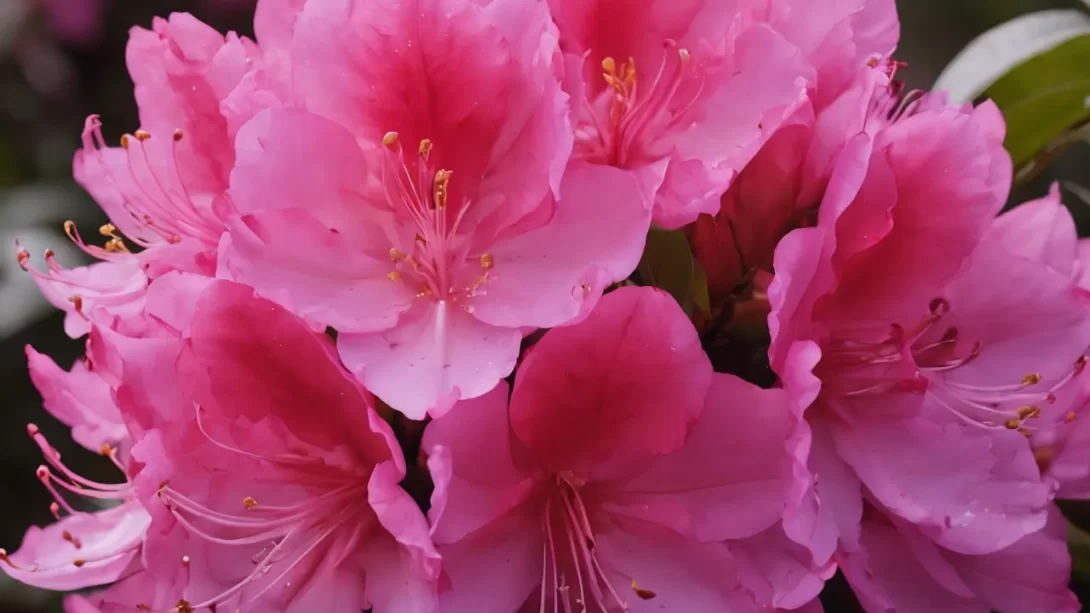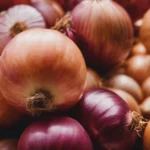Rhododendrons, with their spectacular blooms and lush foliage, are a favorite among gardeners worldwide. To maintain their vibrant beauty, proper fertilization is key. This article delves into the specifics of fertilizing rhododendrons, an essential aspect of their care that ensures robust growth and abundant flowering.
Rhododendrons
Rhododendrons belong to a diverse group of plants, varying in size, shape, and color. They generally prefer well-draining, acidic soil and thrive in conditions where they can receive dappled sunlight. The health of these plants is significantly influenced by soil pH and composition. An acidic soil environment, with a pH between 4.5 and 6.0, is ideal for their growth. This acidity level allows rhododendrons to absorb the necessary nutrients effectively.
The Role of Fertilization in Rhododendron Care
Fertilization is crucial for rhododendrons, particularly to supplement the nutrients that might be lacking in the soil. These plants require a balanced intake of essential nutrients, including nitrogen, phosphorus, and potassium, to support their growth, leaf development, and blooming. However, it’s important to note that rhododendrons are sensitive to over-fertilization, which can lead to root burn and inhibit their growth.
Best Time to Fertilize Rhododendrons
Timing is critical when it comes to fertilizing rhododendrons. The ideal time to fertilize is in late winter or early spring, just before the new growth begins. This timing ensures that the plants have access to necessary nutrients as they enter their active growth phase. A second, lighter application can be made after the blooming period to support the growth of new leaves and prepare the plant for the next blooming season. Avoid fertilizing rhododendrons in late summer or fall, as this can stimulate new growth that may not have enough time to harden off before winter, making the plant vulnerable to cold damage.
Types of Fertilizers for Rhododendrons
When choosing a fertilizer for rhododendrons, it’s essential to select one that complements their specific needs. Organic fertilizers, such as compost or manure, are excellent choices as they gradually release nutrients and improve soil structure. Specialized rhododendron or acid-loving plant fertilizers are formulated to maintain the acidic soil conditions these plants prefer. Slow-release fertilizers are also beneficial as they provide a steady supply of nutrients over an extended period, reducing the risk of over-fertilization. Each type of fertilizer has its advantages, so the choice largely depends on your gardening preferences and the specific needs of your plants.
How to Fertilize Rhododendrons
Proper application of fertilizer is as important as the timing. Start by lightly sprinkling the fertilizer around the base of the plant, extending to the drip line (the area directly under the outer circumference of the plant’s branches). It’s crucial to avoid direct contact of the fertilizer with the plant’s stem and leaves, as this can cause burn damage. After applying the fertilizer, water the area thoroughly to help distribute the nutrients into the soil. The frequency of application depends on the type of fertilizer used; slow-release fertilizers may only need to be applied once per season, while others might require multiple applications.
Common Mistakes in Fertilizing Rhododendrons
One of the most common mistakes in fertilizing rhododendrons is over-fertilization, which can lead to root burn and inhibit flowering. It’s important to follow the recommended amounts on fertilizer packaging and to observe the plant’s response. Another mistake is using fertilizers not suited for acid-loving plants, which can alter the soil pH and negatively affect nutrient uptake. Lastly, fertilizing at the wrong time of year can disrupt the plant’s natural growth cycle, leading to poor health and reduced flowering. Being mindful of these pitfalls can help ensure that your rhododendrons receive the right nutrients without causing harm.
Monitoring and Adjusting Fertilization
After fertilizing, it’s important to monitor the health and growth of your rhododendrons. Signs of successful fertilization include healthy leaf color, robust growth, and abundant flowering. However, if you notice symptoms like leaf burn, yellowing leaves, or a lack of blooms, it might indicate issues with your fertilization regimen. In such cases, reevaluate the type, quantity, and frequency of fertilizer applied. Soil testing can be particularly helpful in determining if the soil pH or nutrient levels need adjusting. Adjustments to your fertilization practices might be necessary to align with the specific needs of your plants and the changing conditions of your garden environment.
Importance of Soil pH for Rhododendrons
Since rhododendrons thrive in acidic soil, maintaining the correct soil pH is crucial for effective fertilization. If soil testing reveals a pH that is too high (alkaline), you might need to use soil amendments like sulfur to lower it. Conversely, if the soil is too acidic, liming may be required. Remember, altering soil pH can be a slow process, and adjustments should be made gradually to avoid shocking the plants.
Conclusion
Fertilizing rhododendrons is a delicate balance of providing the right nutrients at the right time while maintaining optimal soil conditions. By understanding the specific needs of these plants and avoiding common fertilization mistakes, gardeners can ensure their rhododendrons remain healthy and vibrant. Regular monitoring and adjustments, based on the plant’s response and environmental factors, are key to successful rhododendron cultivation. With proper care and attention, these stunning plants will reward you with their spectacular blooms year after year, making them a cherished addition to any garden.



